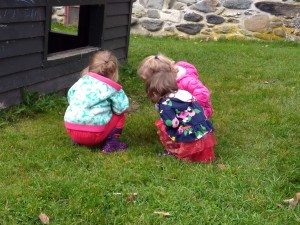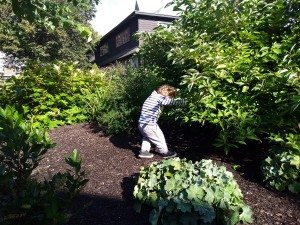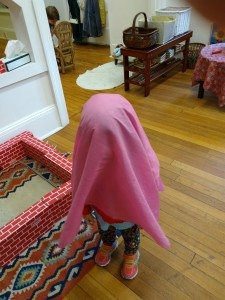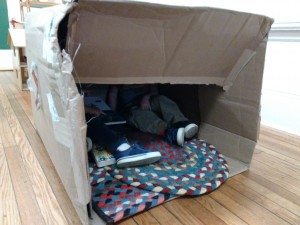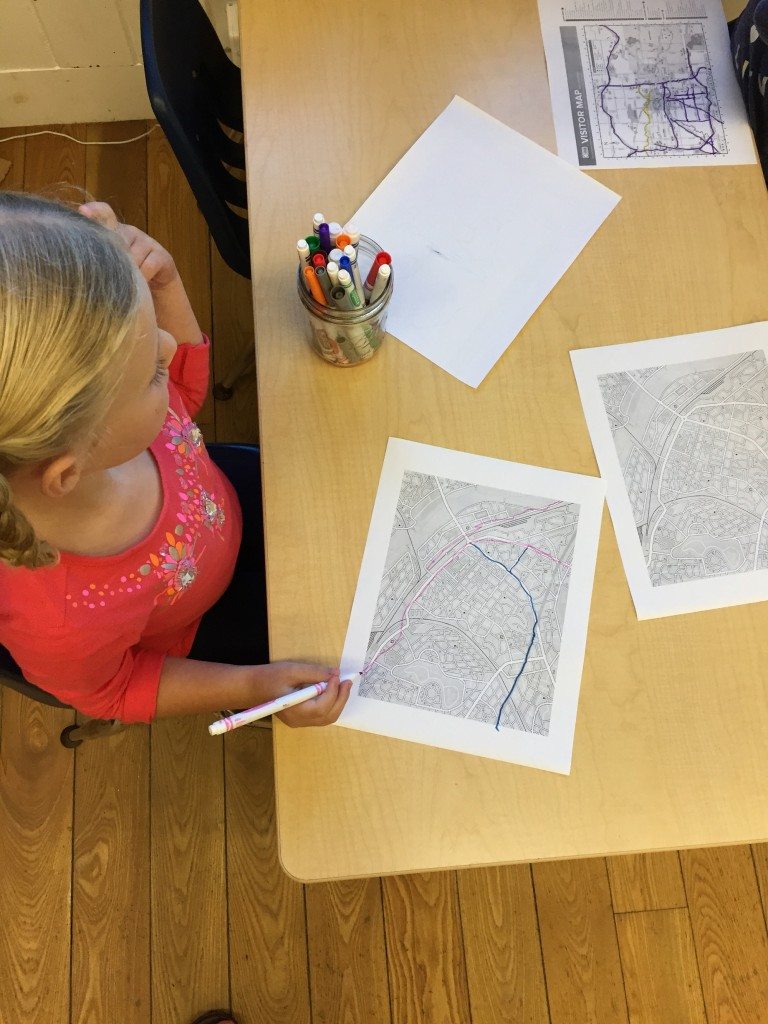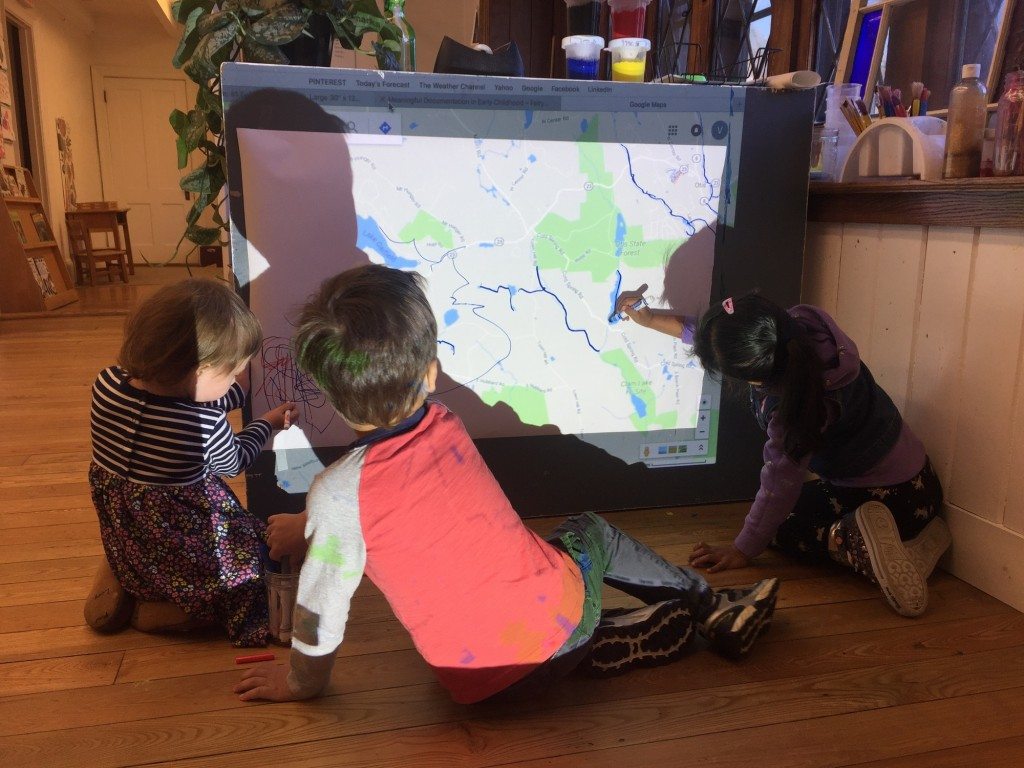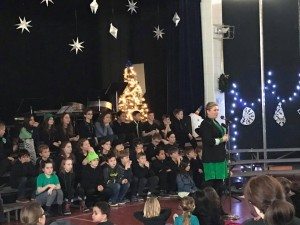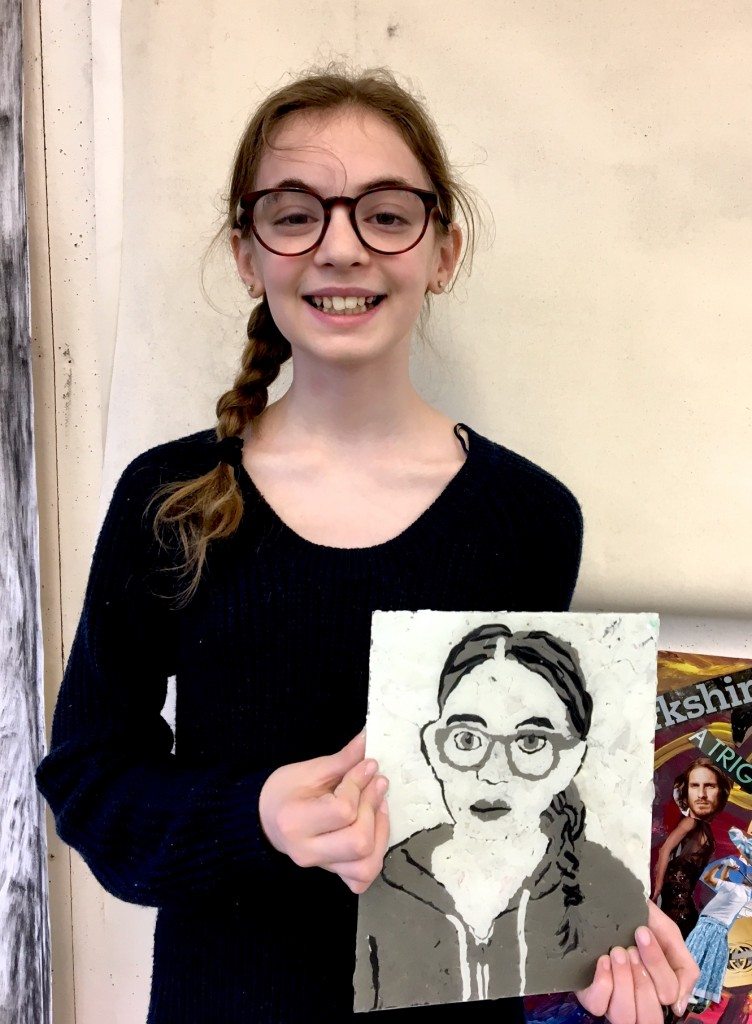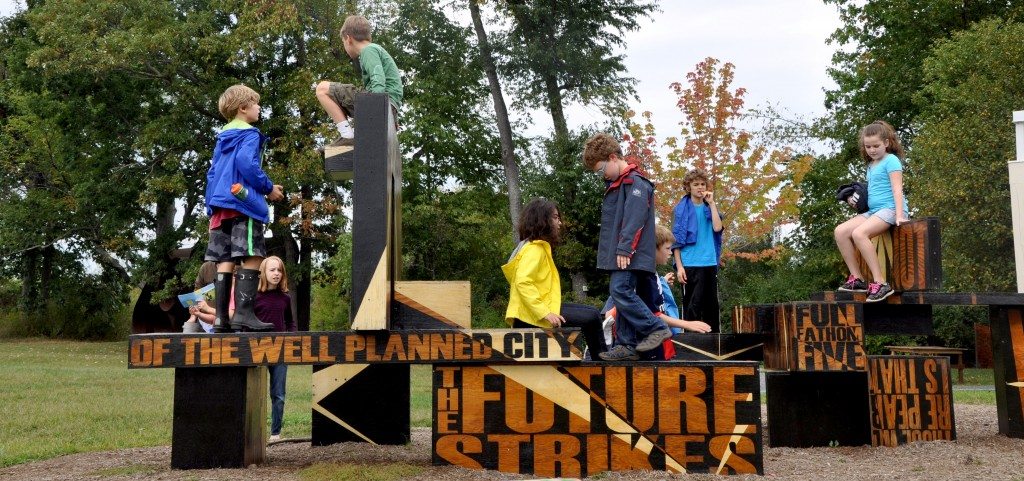The Exciting Outdoors
When young children are outside, everything is exciting. Interesting sensations and challenges surround them. Reggio Emilia philosophy identifies three teachers of young children: family, school teachers, and the environment. Certainly we pay attention to designing and adjusting the classroom environment to foster children’s curiosity, focus, and social growth. The outdoors is also an integral part of the life of a Reggio-inspired classroom, and at BCD we are lucky to be able to step outside and have such a wonderful array of experiences for the children.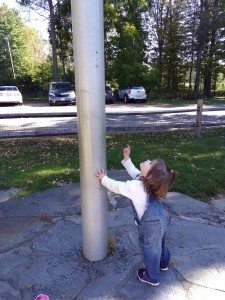
Up! I DID IT! Bug! Plane!
During their first seven weeks at BCD, we spent a lot of time outdoors with the two year olds, exploring our wonderful campus. The children learned to climb stone walls, ladders, and benches, and gained confidence in jumping. They have found and observed spiders and bees; examined rotting apples; felt the wet grass; made pillows of pine needles, and banged and drummed on overturned canoes. They run down hills and climb back up. They look UP — at low and high flying airplanes, at the flag on the flagpole, at birds and butterflies, and through the branches to the tree tops. They have dug in the sand, lain in piles of leaves, hidden in bushes, and splashed water.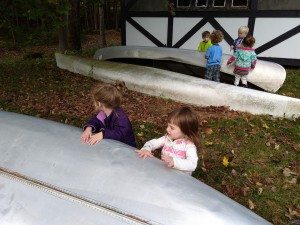
These are magical moments. They provide opportunities for new vocabulary. They are often social and interactive with friends. They give the children the chance to learn and practice new physical. skills. The father of one two year old recently pointed out to me one of the most important benefits when he wrote this to me: over the weekend while the older kids played soccer, his daughter “led me around the school grounds a little. She pointed to many places on campus, and told some three- word stories about them. It was nice to see how many good memories she has already made in your class.”
The outdoor BCD campus is indeed a “third teacher.”
